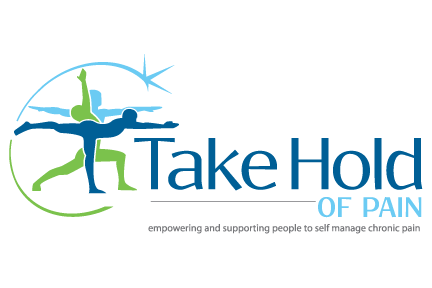I hear and see a lot of pain posts about invisible pain and
illness. Often people will say how others don’t understand what they are going
through. I was the same. I would paint a happy picture to all those around me.
When friends and family asked me how I was doing, I
would say “Yep. I’m fine!” I didn’t want people’s sympathy, so I just fobbed it off and changed the subject quickly. But, over time, I’ve learnt this can be damaging to me in two ways.
Firstly, it is just plain hard work to pretend when you are in pain. Secondly,
my relationships became strained. My loved ones truly wanted to know how I was
doing and if they could help but I shut them out because I thought they just wouldn’t
understand.
I think, especially at this time of year, when we are
probably spending a lot of time with our friends and family, I thought I would
write a few notes on the importance of communicating when you self manage chronic
pain. Here are my top tips:
Tell them. Have some real
conversations. If a loved one asks you how you are feeling, it is OK to say “Actually,
my pain is bothering me today”. I often
found it hard to describe the pain when I was in it because I think a large
proportion of my energy was required to manage the pain. I didn’t have much strength remaining for a
deep and meaningful. But that is not to say you can’t talk about it when you
are feeling a bit better. Perhaps it might be easier to describe your pain and
its impact on your life on paper, in a short film or poem. But, whatever your mode of communication, I believe it is important
to tell your nearest and dearest what it is like for you. They may not be able
to empathise as they haven’t felt that way before but they can try if they know
what it is like. If you keep saying you are fine then they never get the chance
at understanding what you are truly going through.
Ask for help: My loved
ones were often offering help to me. They do this because they care and they don’t
want to see me suffering. So I have found that once I learnt what works best
for me when in pain, I needed to tell them too. I had my loved ones spend the
day with me during the pain management course and we went through, together,
the activities and techniques that would form my new bag of tricks when
managing pain. I also set up a few new rules. As a self pain manager, I said I
would ask THEM for help when I needed it. I also went through my new pain management
strategies because when I was struggling I wanted to be sure they were going to
offer me real effective solutions. I didn’t want to be mollycoddled . I didn’t want
them to suggest I go have a lie down. Now, they tell me to go for a walk or do
some stretches because we all know this is what works for me.
Be prepared: I just think it’s
good to have a few pre-prepared comments ready for the common situations you
may experience. So if the offer of help/query about how you are feeling is
made, be sure to be accurate in the answer and give appropriate direction as to
how that person can actually help you. My favourite goes along the lines of “My
pain is bothering me, would you mind if you (...do this...) so that I can
(...do this...)”. For example, here is a common one for me, I am out at a
social function and chatting away happily with someone. But sitting and
standing for long periods are often recipes for a flare up. So I might say
after a few minutes “Do you mind if we sit and keep talking because my pain is
bothering me as I have been standing up for a while now?” Or something along
those lines. So I always have a few phrases ready and I make sure they are
clear, calmly delivered and, above all else, helpful to me in that exact moment.
Get a tribe behind you. I
recently attended a pain management support group social event. There was a lot
of comparing treatments, specialists, pain conditions. I sat back and listened
and tried to ascertain if this was a beneficial exercise. Sure, it is nice to
know others are out there in similar situations. For some, this can help to realise
that many of the reactions to pain and how it affects your life are universal.
You feel less alone. But, I was
concerned because there was very little
suggestions of alternative solutions, techniques within a person’s control to
deal with their pain. Since starting this project, I have connected with a
number of like minded individuals who believe in the power of self management.
This is a great supportive network to be around. When I am feeling low on
motivation or struggling with some aspect of my journey, this tribe builds me
up and gets me back on purpose. That, to me, is much more helpful than having a
pity party. If you focus on the negative, then maybe that is all you will see?
So, it is New Years Day, have you got a resolution in mind?
I saw one thing that I thought really true about living with chronic pain.
Focus on the things you CAN do. You can have conversations, you can ask for
help and you can be a part of a supportive network. What are you going to do?











